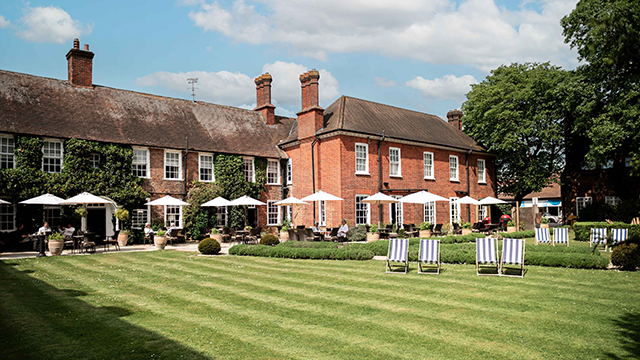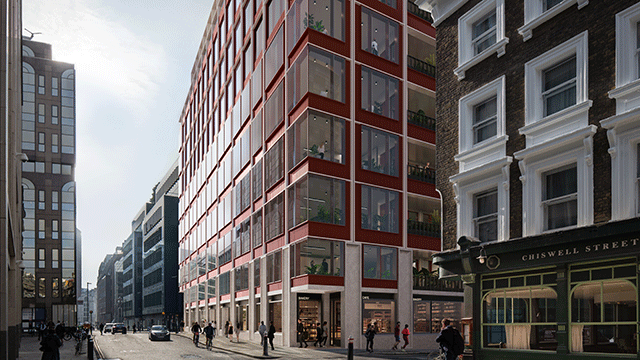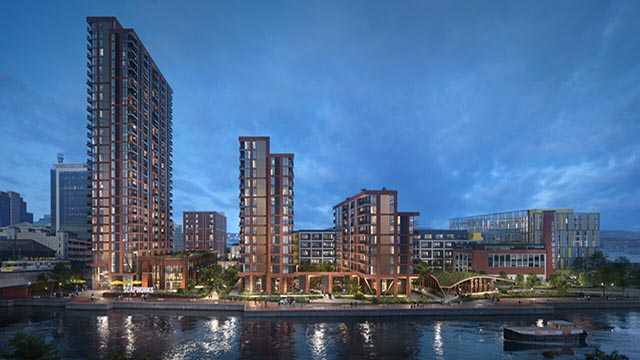Today the Housing, Communities and Local Government Committee released a raft of recommendations in its High Streets and Town Centres in 2030 report, in attempts to help declining high streets and town centres.
Buried within the 84-page, 35,000-word report, the committee have given four systemic issues to why the embattled retail sector is where it is today, especially in the face of how the market has evolved.
Fragmented ownership, retailers’ high fixed costs (rent, rates and tax), but first on that list is that there is “too much retail space.”
An increasing number of empty shops on the high street has become a recurrent and visual reminder that some physical spare is in trouble.
More than 20% of retail spend now comes via the internet, so retailers simply don’t need to stock as much in their own high-street stores.
Radius Data Exchange analysis shows that more than 19.2m sq ft has been relinquished since the start of 2018, proving that bricks-and-mortar retail is in a state of flux.
The question of what to do about this space becomes important, and answers are needed on what to do with what is left behind.
There is certainly a case for reviving vacant retail space, especially if the space has been dormant for a long time. Change of use has helped.
Today’s report highlights the need for increased planning flexibility and a change to the traditional use class order to make it easier to evolve and change spaces.
But what is surprising is the recommendation that permitted development rights be curtailed in town centres to convert retail space into new homes.
This comes despite the acceptance that there is too much retail space – a lot of which is lying empty – and that a lengthy planning process can stifle change where it is needed most.
And all this on top of a UK housing supply crisis and the need to increase footfall in local town centres.
“Planning is crucial to high street and town centre transformation. Given this, the Government should ensure that planning powers are fit-for-purpose, sufficiently responsive and up-to-date and undertake a comprehensive review of planning as it pertains to the high street. In particular, we believe that permitted development rights (PDRs) risk undermining the strategic vision that a community has developed for its high street or town centre.”
HCLG, High Street and town centres 2030
Radius Data Exchange shows that applications from retail (A1) to residential (C3) have increased dramatically since the extension of PDR to use types outside of offices.
It is right to protect the central core of any high street or town centre, to ensure that the main destinations continue to attract consumers and residents for extended dwell time.
The report goes on to say that instead of homes, assets should be converted to leisure units or, more practically, community hubs.
After all, if there is no high street to go to in the first place its commercial viability is non-existent.
But there has to be wriggle room.
There are plenty of examples across Britain of towns that have areas that are unfit for purpose with empty units changing hands every six months. Or in some cases, those units will have been vacant for years. Then there will be others at the extreme ends of the high street that may not be visited as much as those in the centre.
Surely this is when a compulsory purchase order is needed to grant a change of use, either into one of the examples already mentioned or for mixed used.
New builds that can be used by the community but that include a specified number of new homes on top would fit the bill in many cases
The high street needs our help.
Let’s hope that the foundations of this report will have a positive impact on what our town centres need to become.
To send feedback, e-mail james.child@egi.co.uk or tweet @JamesChildEG or @estatesgazette











